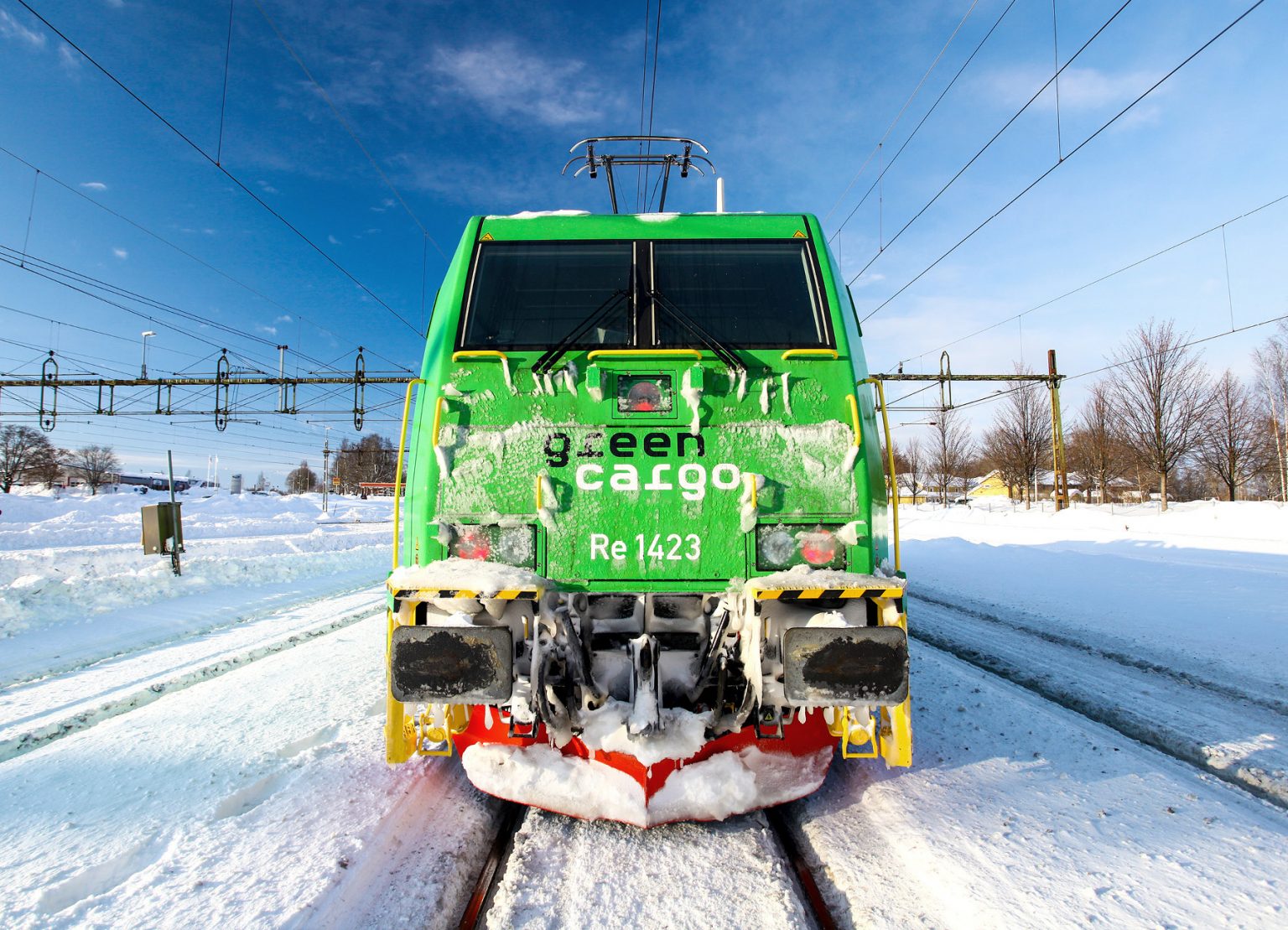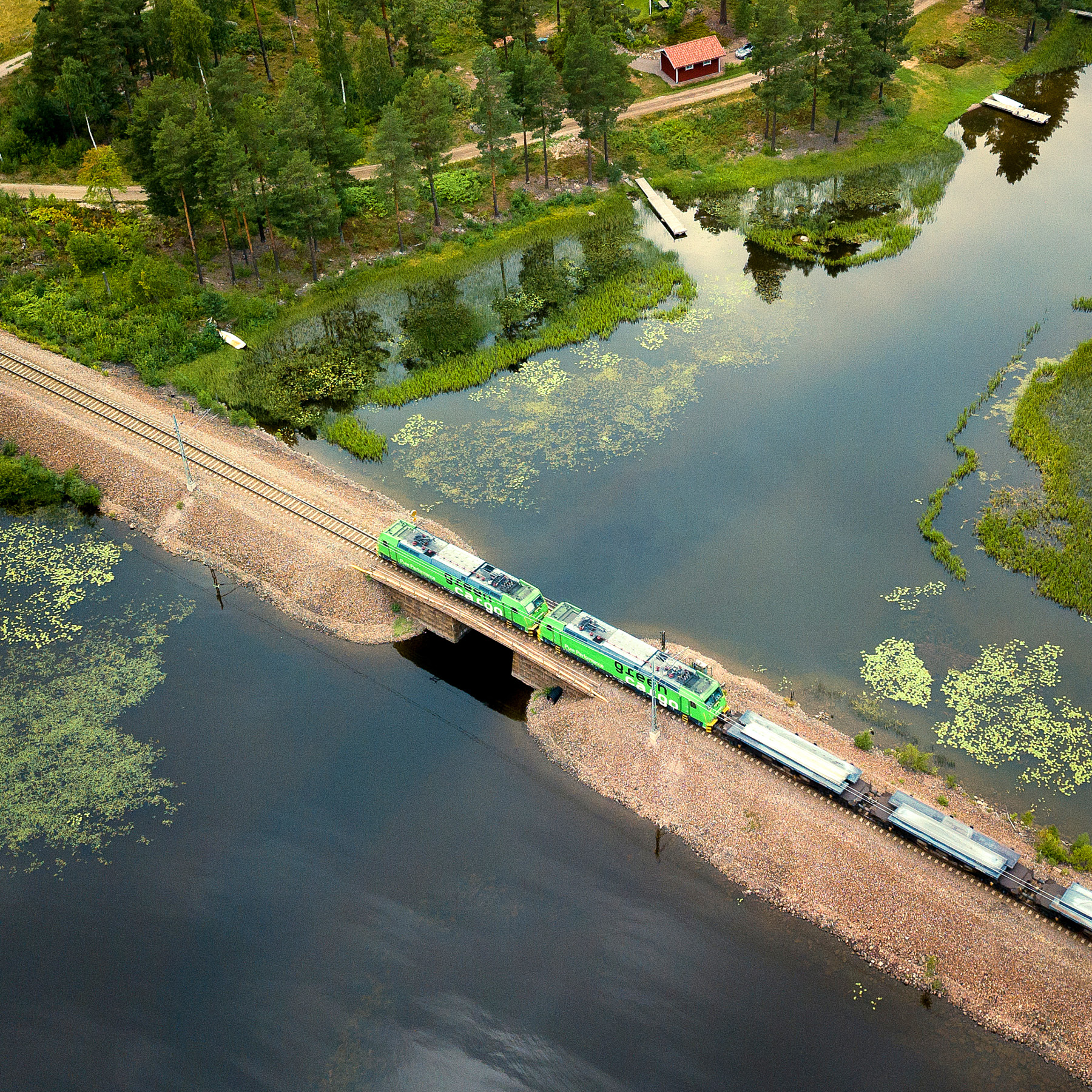Executing Innovation: Ingo Paas
After working at major global conglomerates, Green Cargo CIO and CDO Ingo Paas is shifting his focus from planning big ideas to executing them.
As the old adage goes: "If you fail to plan, you are planning to fail." And this is especially true for businesses. But as companies grow and expand to encompass new business areas and geographical locations, it’s easy to fall into the trap of complex, but ultimately unnecessary, planning work.

After working for years at major firms with turnovers in the tens of billions of euros, Ingo Paas has learned a great deal. Yet, he increasingly felt there was too much time spent on planning and formulating ideas, concepts and strategies.

"When I met the CEO of Green Cargo, there was a sense of urgency. The idea was that we have to make decisions and we have to move forward. I really appreciated the challenge that I was offered," says Paas, Chief Information Officer and Chief Digital Officer of Green Cargo, Sweden’s most experienced operator in rail logistics.
Innovative difference
Operating in an intensively competitive industry can make even a relatively small competitive advantage the difference between success and failure. For Paas, the ability of the company to innovate isn’t just a core part of the business, it’s a central part of its offering to customers.
Not only is a focus placed on innovation, but the entire team approaches these projects with a sense of urgency so that the benefits can be achieved quickly.
"We don’t waste time, we don’t spend weeks and months investigating. We execute. And if it’s not optimal, we get it right. If we make mistakes as we work – experimentally and incrementally – they can be easily corrected," Paas explains.

We don’t waste time, we don’t spend weeks and months investigating. We execute.
Thanks to the use of platform strategies, less complicated technology investments can be made, enabling the firm to navigate change much faster and more effectively.
"So if that is differentiating Green Cargo, it’s because we are not looking into the fancy stuff. We have access to it," he says.
The deployment of easily scalable platform technologies gives the company an edge over less flexible competitors. Solutions can be tested and verified quickly, with any ineffective tools being identified and removed.
"Let’s say we’ve done this in the beginning with our mainframe, where we want to do real-time integration to the mainframe and we want to make sure that we have event driven processes. Then we build it, we buy a connector and implement it."
Technology driven
To achieve this, a comprehensive strategic operational vision has been created by Paas and his team for Green Cargo over the next three years. Data-driven capabilities form a central part of the plan, with AI and machine learning tools being utilized to optimize the entire company.
For starters, Green Cargo is planning to utilize advanced digital capabilities, to enhance railyard performance by bringing in AI and to reduce the cost for switching wagons by more than 20 percent.
In addition, staff are now able to better understand how the network is performing and make optimized decisions about the railyard.
"This is giving us a lot of advantages, including reducing operating costs and increasing functionality. With predictive maintenance we are also seeing much greater capabilities of utilizing data we already have," he adds.
While high costs are often associated with digital transformation initiatives, Paas worked to establish an investment strategy that balances short-term return on investment (ROI) with strategic investments that give a longer-term ROI and more effective scalability.
"You have to do both things to finance your digital transformation, but you need to make sure that those elements can fit into the bigger picture. Then you build a systemic part and that’s what we’ve done – now we are data driven."
Paas has even used the experiences of his work at Green Cargo as the basis for a book about innovating and transforming businesses from within, titled Digital Composable Enterprises. Written for C-suite executives, Paas hopes it will offer a guidance to those in leadership who want to engage in digital transformation but don’t know where to start.
We are finding new ways of using AI and machine learning algorithms to really utilize our capacity and utilize the fleet assets we have.
"It’s demystifying the kind of thing that people think digital transformation is, because I think most people don’t understand what it is," he explains.
As the benefits of technological innovation continue to be felt across the business, Paas is looking to leverage the capacity of the network.
"We are finding new ways of using AI and machine learning algorithms to really utilize our capacity and utilize the fleet assets we have, all to offer better solutions to our customer and to reduce carbon dioxide emissions by further shifting volumes from road to rail."